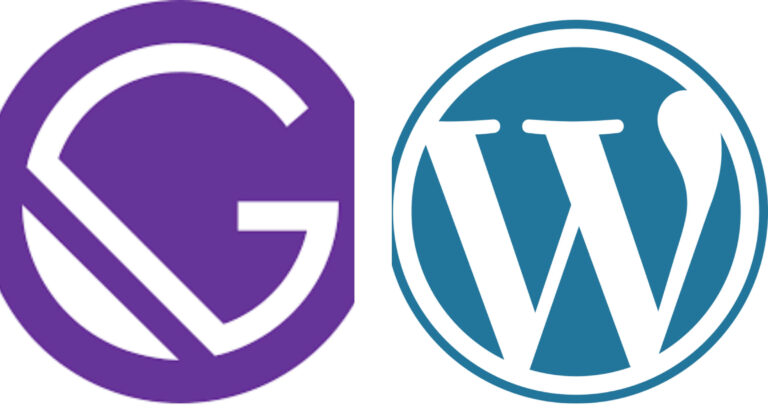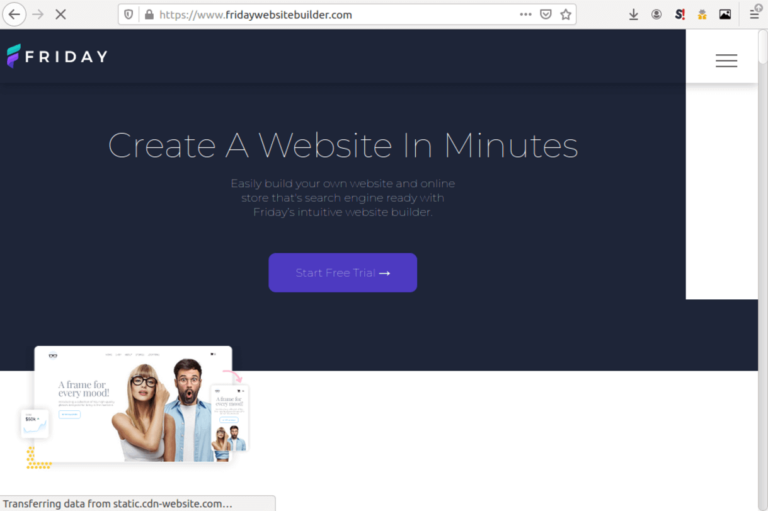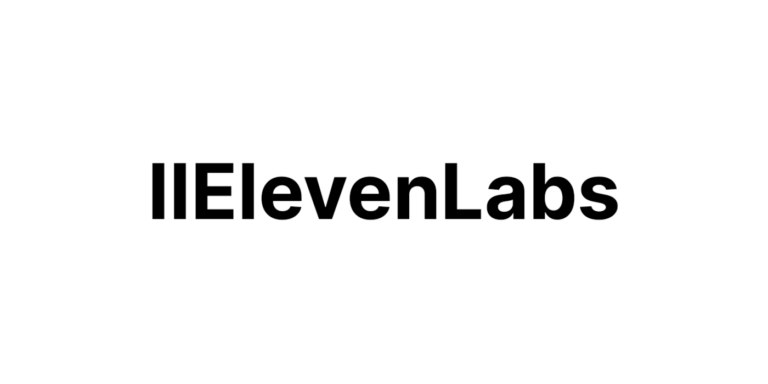Gatsby vs WordPress: Which is Better?

Comparing Gatsby vs WordPress is a bit like comparing apples to oranges because although they both make it easier to create websites, their approaches are entirely different.
WordPress is the darling of the Internet, with over 30% of sites hosted on the platform. But it comes with its downsides, especially security issues and loading speed. This is where Gatsby shines.
Gatsby creates static HTML pages, eliminating the need for server programs like PHP. This is a game-changing technology, but it also has its disadvantages.
Following is a closer look at both systems. Please keep in mind that WordPress refers to the self-hosted version.
Comparison Table
| WordPress | Gatsby | |
|---|---|---|
| Underlying Technology: | PHP | ReactJS |
| Server Runtime Environment: | Yes | No |
| Type of Page Generated: | Dynamic | Static |
| Page Loading Speed: | Average | Fast |
| Customization Options: | Best | Average |
| Security Concerns & Hackability: | Average | Best |
| Running Costs: | Low | Lower |
| User-friendliness (admin/visitor): | Best/Average | Low/Best |
Underlying Technology
In addition to HTML, a standard WordPress installation needs two additional servers to function: PHP and MySQL. PHP handles the bulk of the work, querying the MySQL database for information and creating customized pages for the website visitor, based on information from the database.
All blog posts and page contents are stored and handled by MySQL. And if you add new tags, comments, updates, or categories, they are also stored by MySQL, to be retrieved when needed to create a new page for a website visitor. Everything on WordPress is dynamically generated.
Gatsby is built upon React.js, an open-source JavaScript library that makes it easy to develop user interfaces and their components. It also uses GraphQL to generate pages from external sources. After generation, all pages are served as pure HTML, with CSS for design and JavaScript for fancy functionality.
Server Runtime Environment
Web servers are CGI (Common Gateway Interface) programs that accept incoming network requests (usually from port:80), process them, and respond. These programs make it possible for computer users to access distant computers over the Internet. And to perform various tasks with them.
Servers often come with security loopholes, however, and this is what hackers try to capitalize on. This makes platforms like WordPress vulnerable to attacks, especially when the installation is running a plugin with known security flaws.
Gatsby overcomes this security risk by serving plain HTML pages. The website is designed and compiled beforehand, with the final content of individual pages generated and stored on file. Then, each time a web visitor requests the page, the static HTML content is loaded and served.
This makes the site virtually impossible to hack because there is no PHP server that you can try to exploit or MySQL database that you can inject.
Type of Pages Generated
If you were to run a blog with both platforms, then each visitor to your website will get the same output. However, there would be a difference with the comments section. While WordPress sites will handle comments as expected, a Gatsby blog may have to rely on external services like Disqus to display reader comments.
You could also create different WordPress users, who would receive customized pages when they log into the site to either edit a post, make a purchase, or carry out other activities.
All these features are not possible with a standard Gatsby website, because static HTML pages mean that every site visitor receives the same content. You could customize the size though, but it requires some coding know-how.
Page Loading Speed
This is another one of the nice features of a Gatsby website. Since Google made it clear that they factor web-page loading speed in their ranking algorithms, every webmaster who wants to rank well has to put it into consideration.
Static sites are insanely fast. Gatsby beats WordPress hands-down when it comes to speed, and there is no way you could tweak WordPress to make it otherwise. You can always speed things up with optimizations, CDN and more but static pages are faster.
Customization Options
WordPress has a vibrant online community with tons of plugins to do things from contact forms, analytics, search engine optimization, e-commerce, giveaways, and nearly everything else you can think of.
Gatsby does not come with such a luxury. Customization of a Gatsby website is for nerds. There are no plug-&-play plugins, no drag-&-drop features, and no shiny dashboard to work from.
Still, you can completely customize a Gatsby site, but only if you can code and you are ready to learn.
Security Concerns and Hackability
A static website is infinitely more secure than a dynamic one. This is because human beings make mistakes. So, as long as there is a PHP server that tries to interpret incoming commands, there will always be a way to take control of it. You just have to look long and deep enough.
And sometimes, it is not even the software that is at fault, because if you were to scan the web right now using a tool like WPScan, which comes pre-installed on Kali Linux, you will be amazed at how many webmasters use weak passwords to secure their blogs.
With a static website, there is nothing to hack because there are no commands to process programmatically. There is only an HTML server that serves requested pages, and that is it.
All the information that a hacker could access through the HTML server is already publicly available. And should you lose access to the server or your static pages, just build a new website from the command line and there is nothing lost.
Running Costs
For a small website, this might be insignificant. But for a large website, serving pre-rendered static pages using Gatsby will use considerably fewer resources than a WordPress installation. This reduces running costs and your overall profitability.
User-friendliness
There are two sides here. The first is user-friendliness for the site admin and the second is user-friendliness for the site’s visitor.
WordPress beats Gatsby hands-down when it comes to user-friendliness for the site’s administrator. It offers a user-friendly dashboard, easy-to-install plugins, and you can effectively control the site using a mouse.
Gatsby, on the other hand, needs you to use the command-line. This is during the installation and rendering stages of the site’s pages.
When it comes to user-friendliness for visitors, Gatsby beats WordPress in many ways. It is based on react.js and this means a top-quality user experience for your site’s visitors.
There are no page loads, as Gatsby sites are single-page by default. Clicking a new page just loads the data without refreshing and this makes WordPress look old.
Conclusion
Coming to the end of this Gatsby vs WordPress comparison, you can see that these are two different tools for two different groups of people.
If all you want is a simple way to manage website or blog, then WordPress is probably for you, with its simple configuration and easy-to-use design.
But if you want a fast and highly-optimized website, and you either have the required coding skills or can hire a coder, then Gatsby is probably the answer.




